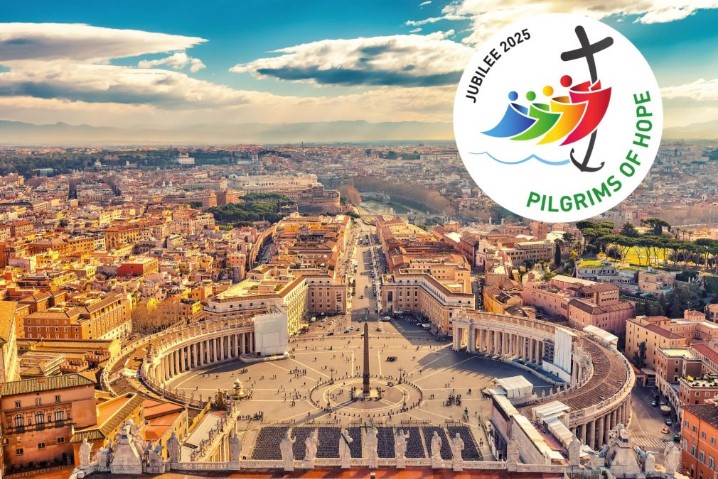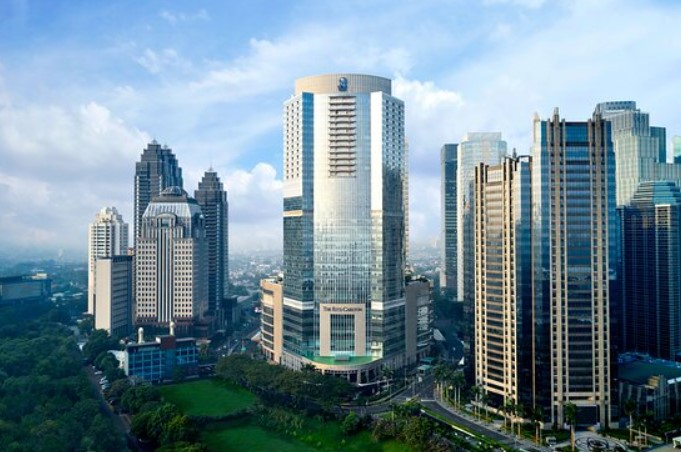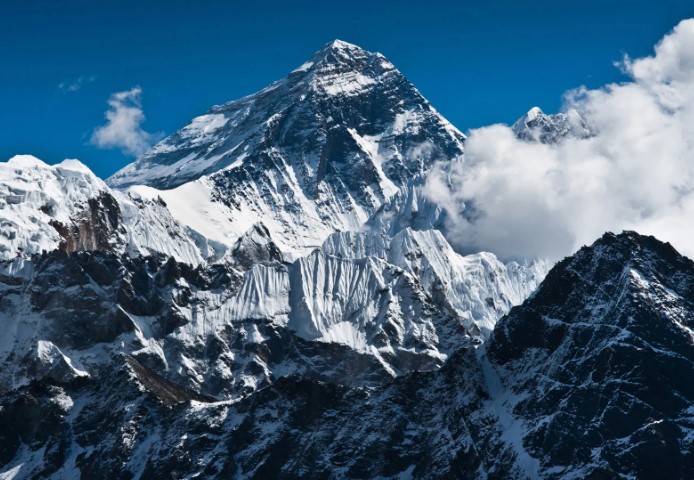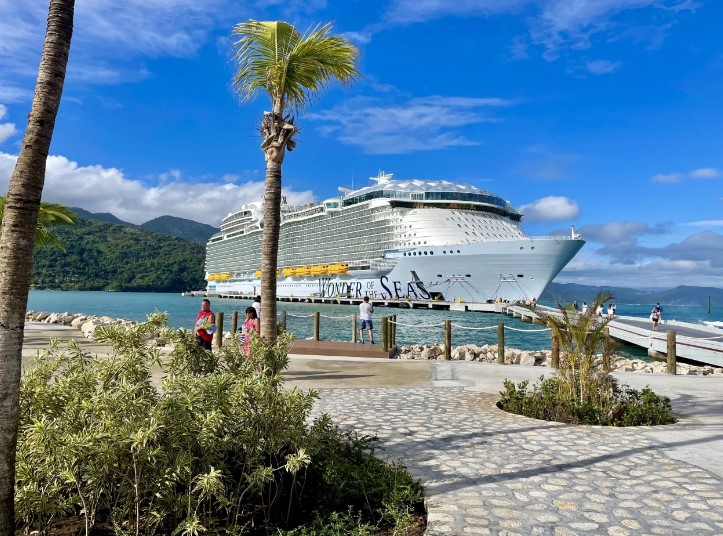Mekong Delta, also called “Mien Tay” by the locals, is seemingly off-the-beaten-track to foreign tourists, where a flat expense of sandbars and watercourses form a 35,000 square kilometer triangle lying just west of Ho Chi Minh City. Yet, this place of unrelenting beauty – coined the “rice bowl” of the country where over fifty percent of Vietnam’s rice is produced – turns out to be an ideal destination with many fascinating experiences.
For those who plan to come to Mekong Delta – a region of astounding, untouched beauty that is central to all local life – the best things to do are boat trips along the Mekong River’s twisting capillaries of tropical canals, mangroves, and rice paddies, trading in the floating markets, enjoying the flavor of fresh fruits, exploring its historic attractions, temples and pagodas, and seeing the authenticity of the native way of life left unaffected by the outside world. Need specifics? Then consider these truly amazing sights, sounds, and scenes for that dream trip to Vietnam’s unique Mekong Delta Region.
One of the most immersive experiences for tourists to discover the local way of life is the region’s bustling floating markets. It’s all along these busy watery hubs where bountiful bargains and loads of haggling take place, all at the region’s fascinating floating markets – a key part of the culture and trade in the Mekong Delta area that’s seemingly remained unchanged since the early 1800s during the Nyugen Dynasty (as some historians believe).
A practice centuries old, trade and bartering at floating markets continue to be the base of enterprise and the principal livelihoods for many locals – many of whom reside in floating houses along the Mekong Delta River. Ripe fruit, flower stalls, fresh food, and more are all for sale on along the tropical canals, with local vendors shopping and trading from their sampans – a traditional kind of boat used by the local people.
In the region, there are five known floating markets to visit, including Cai Rang, Cai Be, Phong Dien, Nga Nam, and Long Xuyen. Cai Rang and Cai Be are the most popular and busiest, the former also being the largest while the latter is the only one reachable on a day trip from Ho Chi Minh City. The only downside of these floating markets is that they’re not for folks who struggle to get up early in the morning; the best time to visit any of them is as early as possible – as early as 3 am when hundreds of vendors begin steering their sampans into the market area.
8 Discover The Vinh Trang Pagoda in My Tho, Tien Giang Province
Featuring a fascinating blend of Eastern and Western architecture, the 150 year-old Vinh Trang pagoda is an icon known across Vietnam, and is celebrated for its architectural, historical, and religious importance. The Buddhist pagoda is a magnificent cultural relic surrounded by an enchanting series of ornate gardens home to four enormous interconnected sections, five buildings, 60 statues, 178 pillars, and an old bell dating back to 1854.
Showcasing spectacles of stunning artwork, the designs to be marveled at on-site are truly mesmeric; there are vibrant mosaics showing off stories of nature and folklore, as well as 18 amazing arhats carved from the wood of jackfruit trees – to name just a handful of the breathtaking features of this historic, artistic space.
7 Tour Tan Lap Floating Village In Long An Province
Eco-conscious travelers will praise a visit to Tan Lap – one of Vietnam’s renowned ecotourism spots visited by the most intrepid of travelers. It’s easily accessible from Ho Chi Minh City on a day trip since it’s a mere 100 kilometers away, taking only about two hours to reach by car or motorbike (but do allow three or four ours out of the day to explore it properly, for its treasures are best enjoyed slowly with ample time to take them all in). However, those in need of more time to bask in the surrounding’s serene relaxation and rejuvenation in nature can find a number accommodation options in the village.
Set in the midst of a mystic floating forest and swamp rivers, Tan Lap floating village is a tranquil place of tropical beauty left unfettered by the outside world of over-tourism and enterprise. Be it by oneself or on a sightseeing tour, one can discover its beauty on a boat ride that traverses the wetlands and their meandering raised walkways, where water flora bloom throughout the networks of mangrove forests and towering tropical trees that create a shaded canopy for refuge under the sweltering daytime sun.
6 Explore The Region On A Mekong River Cruise
For the most part, luscious wetlands cover the Mekong Delta region, which mean one thing for sure; water activities are the best ways to have fun and explore its gems within – and one of the most enthralling is a river cruise along the Mekong River. Opening up both sightseeing and cultural scenes, a trip down the Mekong River that runs through Vietnam is one of the most eye-opening experiences to have in the region – where life revolves entirely around the rivers. The perfect mix of scenery and cultural immersion can be had on a river cruise, many of which take travelers to lots more places than they might have first thought.
Most Mekong River cruises not only follow the river to observe the natural scenery, they also offer the chance to explore areas and take part in local activities for a truly enriching escapade. Generally speaking, in terms of tour operator lingo, a river cruise provides an overnight trip along the river with water activities and a few destinations included, while on the other hand, a package tour only involves one daytime river cruise trip as one activity, coupled with several other inland or water activities. Mekong River cruises take guests to discover local Mekong provinces, and on the whole, cost a few hundred dollars per person. However, there are other luxury liners that explore further for longer, taking explorers not only to parts of the Delta, but also to others such as Phnom Penh and Siem Reap, costing up to a couple of thousand dollars in comparison.
5 Take A Sampan Boat Trip
The modest, traditional version of a Mekong River cruise, taking a simple sampan boat sailed by a local is an experience no discerning travelers should skip during their stay in the Delta. Floating through emerald mangrove forests to reach various tourist attractions and treasures off the beaten trail, one can discover a distinct sense of peace and quiet along with a separate way of life when traversing the region’s untouched watery veins within.
Proving a unique insight into both sides of the coin, hopping on a sampan boat before or after experiencing a tourist-geared Mekong River cruise shows the intense contrast between the touristic facade and the genuine but basic local lifestyle and method of transport. Both are equally as beautiful and enriching of course, but they are intriguingly different and do complement each other.
As for where to go for a relaxing sampan boat trip along the river, there are various possibilities. For just a few dollars, three to four people per sampan boat can explore several known spots, such as Tra Su Cajuput forest (An Giang), Thi Tuong Lagoon (Ca Mau), and Thoi Son Islet (Ben Tre) to mention only a small handful of beautiful places.
4 Visit The Khmer Pagodas Of Tra Vinh Province
Because Tra Vinh used to be a part of the Khmer empire, there are still over 300,000 Khmer people residing in the province – the highest population in the entire Mekong Delta region. As such, it’s not at all surprising that the province boasts 140 Khmer temples peppered all over its lush landscapes, offering a unique look and feel to this part of the country unlike most others.
Of significant note, pagodas that should not be missed on one’s trip to this part of the Delta include the Hang Pagoda and the Kompong Chray Pagoda – both for their imposing features and surreal settings in pristine nature. Hang pagoda (“hang” meaning “cave” in the Vietnamese language) is named after its most defining features – the 12 meter-deep dome shaped gate that affords majestic photography opportunities to those who come with a camera good enough to capture its glory. It’s also well known for the families of storks that are often seen nestling in the trees surrounding the ornamental site.
The ultimate way to satiate one’s discovery of these truly stunning sites, visitors intrigued by more than just the beauty of the Khmer pagodas and temples – but also the Khmer culture and history – will satisfy their curious cravings by checking out the Khmer Culture Museum.
3 Enjoy Bird Watching At Tra Su Bird Sanctuary in Chau Doc, An Giang Province
Succumb to the sweet songs of over 70 unique species of birds at the magnificent Tra Su Bird Sanctuary – a retreat of pure bliss and serenity set on 800,000 hectares of land and water and accessible via a boat ride. Much of the sanctuary’s entirety is sectioned off with only a few areas for guests to explore, which grants the bird population safe space to nest and flourish in peace – much to the delight of nature lovers and photographers keen to observe bounties of birds in their natural environment undisturbed and unaffected by humans. Plus, there’s also a viewing tower for visitors, allowing them to gaze over the verdant labyrinth of rich wetlands and observe the resident birds from above.
The months between August and November are said to be the best time to visit the sanctuary as this is when the water levels are at their highest, which is favorable to the birds. But bird watchers adamant on witnessing droves of chicks and interesting parent behaviors should come for the hatching season between December and January.
2 Savor The Local Cuisine Of The Mekong Delta Region
Vietnamese cuisine is a worldwide favorite, and the dishes to be discovered in its Mekong Delta Region validate the country’s celebrated culinary status truer than ever. The region is not be famous for its fancy feasts and luxury cuisine, but rather its unique local delicacies that can’t be compared to any other in Asia. There are a wealth of taste bud tantalizing foods to try, including bun rieu, pia cake, hu tieu, Vietnamese pancake, and for the very bravest travelers, Coconut Larvae. Interestingly, what makes Delta dishes so different is that many of them are made from ingredients that come straight from the natural environment; for example, flowers play a major role in many local dishes, such as sesbania, sesban, and the lovely flower hotpot.
Naturally, some of the best spots at which to sample the local cuisine are the many floating markets. Imagine floating on an authentic, rustic sampan boat tucking into a variety of unique, otherworldly foods with all the hustle and bustle of market vendors going on in the background – does dining in the Delta region get any more enriching than that? (Note that floating markets are only for early birds and typically only serve breakfast. Local restaurants and markets in the villages are a better option for lunch and dinner). Throw in the fact that the average price tag per meal rests at just half a dollar to five dollars, and there’s no reason not to order a plate of everything available right then and there for a fantastic Mekong Delta feast.
1 Bite Into The Freshest, Juiciest Treats At Fruit Orchards
The Delta’s sublime tropical climate makes its fruit orchards flourish, and the region is indeed famed as one of the country’s largest fruit producers. Of course, one can find and sample all of the region’s delicious fruits at the floating markets, however, the short season coupled with the lengthy fruit picking and transporting process affects the fruits’ freshness by the time it’s finally made its way into customers’ mouths.
This means that there’s no juicier, fresher way to enjoy the region’s mouth-watering fruits than picking them straight from the tree and biting into them right then and there. It’s possible to visit the Delta’s fruit orchards year-round, but undeniably the best time is the summer season when the majority of the fruits are ripe, ready, and bursting with flavor.
There are ample amounts of fruit orchards to visit in the area, with the Tien Giang Province being the largest fruit producer in the whole area thanks to the Tien River’s fertile surrounding terrain. On the other hand, the Cai Be Fruit Orchard is one of the region’s largest fruit gardens – one that specializes in longans, jackfruit, tangerines, guavas, rambutan, grapefruits, and more.
Another orchard worthy of a visit is the Dragon Fruit Farm in Long An province, renowned for its bright pink, white, and yellow variants of this irresistible tropical fruit. And, anyone with a taste for mangos should not miss out on a trip to Hoa Loc Mango Garden – one of the Delta’s most iconic orchards that is responsible for the sweet-scented, flavorful Hoa Loc Mango that’s known to be among the world’s tastiest mangos of all time.
Lastly, there are numbers of other fruit orchards to check out as well, with some including:
- Phong Dien
- Tan Quy
- Tam Binh
- Cho Lach
Read Next
About The Author







More Stories
France to Continue Issuing Visas to New Vietnamese Passport Holders, But They Cannot Be Used for Travel to Germany
Flag City Honor Flight trip for Vietnam era veterans
Travel firms in trouble after Germany denies visa for Vietnam’s new passports